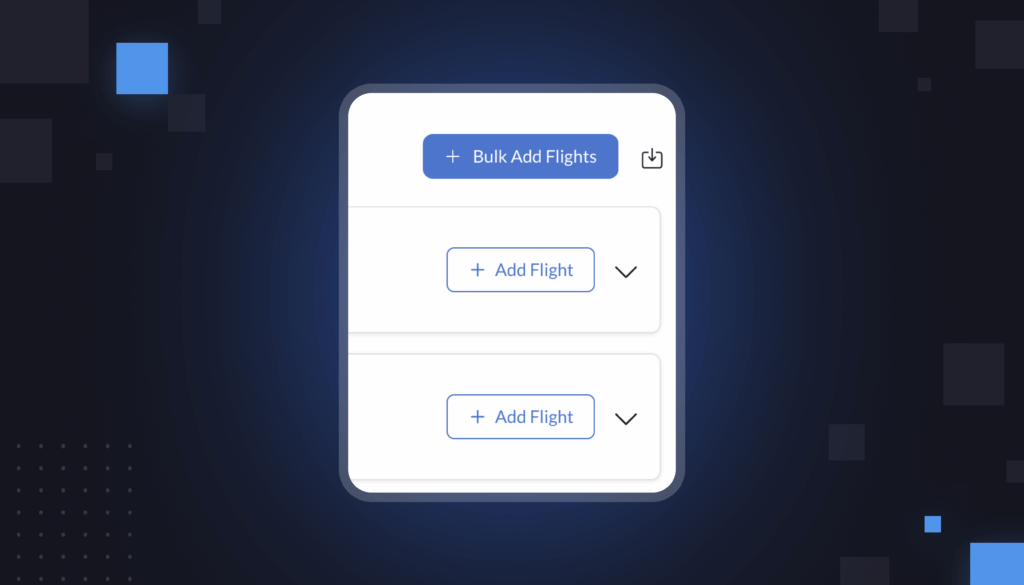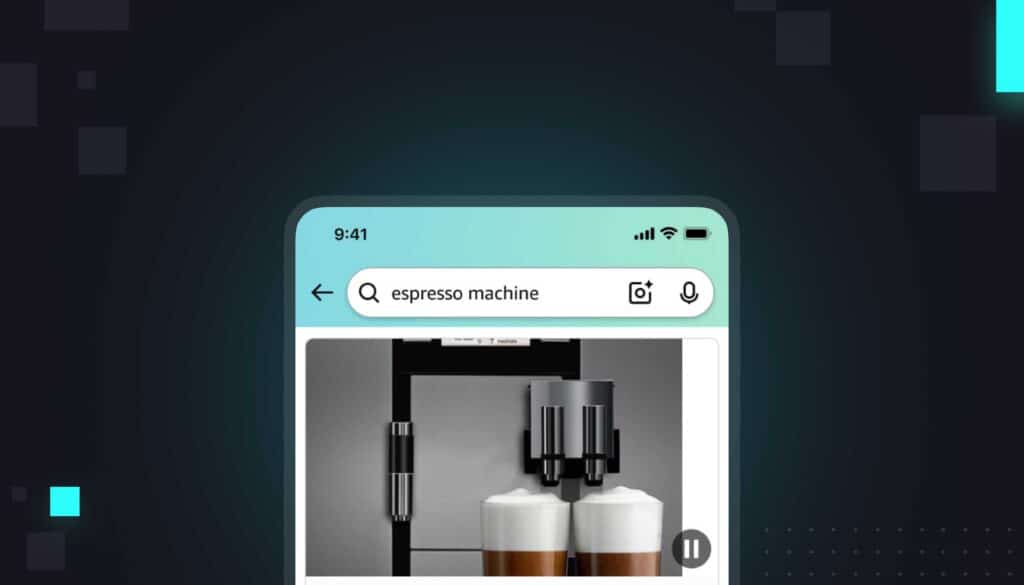So much of success on Amazon hinges on collaboration. You can have a complete grasp on your metrics and data—and you should—but if you don’t also get the context for what all those data points mean, you’ll still encounter blind spots.
Collaboration with other experts helps you put your performance into context. It’s only from talking to other e-commerce leaders that you can know the ins and outs of benchmarking, for instance.
If you’re struggling to find a place to have those collaborative discussions, good news: We’re building our Intentwise Community to be a place where retail media professionals can ask questions and exchange tips like this.
In our Community, you can pose technical questions to other experts, and source a range of opinions that you won’t be able to find anywhere else.
Here are three recent questions our Community discussed, just to give you a flavor for what it’s like over there.
If you agree or disagree with these thoughts, or have other pressing questions, we encourage you to join the Community and add to the discussion.
#1. View-through vs. click-through conversions on DSP?
When you run Amazon DSP campaigns, you get to choose between attribution options for your ads. You can attribute conversions only when a shopper takes a direct action (clicking the ad) or, more broadly, after a shopper passively views the ad.
Generally, members of our Community recommend focusing on view-through conversions for DSP campaigns.
The reality is that very few shoppers directly click a DSP ad and convert, so choosing that attribution option is a bit of a false flag.
DSP is usually more of an awareness play. Shoppers see your ad as a first touch point on their journey, or have it in the back of their mind and search one of your brand terms before purchasing later.
This is different from Sponsored Ads, which are lower on the funnel and are all about grabbing people who are close to a purchase.
For Sponsored Ads campaigns, you generally want to focus on click-through conversions. That’s for two reasons.
First, Sponsored Ads viewers are already a lot more likely to click through your ads when they want to make a purchase.
And second, by focusing on clicks instead of impressions, you won’t accidentally assign credit to a low-funnel ad impression, knowing that shopper was already going to purchase your product anyway.
#2. How far should you go with ASIN twisting?
Here’s a difficult one: Should you twist together complementary ASINs that might typically be bought in combination but that aren’t a color or size variation?
We’re not talking about offering a t-shirt in different colors on the same listing. We’re talking about twisting together ASINs that have a close theme.
As an example, should you twist together a Father’s Day mug and t-shirt into a Father’s Day gift set? Or turn a set of birthday cards into a single listing?
This is a complicated question without one clear answer. On one hand, when you’re launching a new product, it might be worth twisting it with a very closely related existing product in order to boost your reviews.
Once you get enough reviews, then evaluate whether or not your ASINs are evenly matched.
If the older ASIN is getting worse reviews and less traffic than the new one, then you might want to untwist the ASINs, to ensure the newcomer isn’t dinged by the association.
Also, be cautious. You can’t twist together just any two ASINs. They still need to be close product variations, or Amazon will flag it and undo it.
The other downside of ASIN twisting is that, when you combine similar ASINs in a listing, only one ASIN will show up in your Sponsored Products ads.
So you do sacrifice some of your differentiated marketing potentially when you twist together ASINs on a theme.
#3. What’s the ideal top-of-search impression share?
One of the most important data sources for understanding the health of your business is your Share of Voice. SoV tells you how you compare to your competitors in search results.
It answers the question: When shoppers search one of your terms, how likely are they to see your product?
SoV is essential for understanding missed opportunities or, alternately, for finding places where you’re overspending.
To assess how you’re faring, however, you need to know the right benchmarks. Ideally, what should your Top of Search impression share be?
Of course, the benchmarks for Top of Search impression vary a lot by category and keyword. You also need to assess these metrics based on your budgets and goals.
That side, for brand terms, members of our Community recommend aiming for between 25% and 40% Top of Search impression share.
Again, this is all a little subjective. Big brands with resources might spend the money to get their Top of Search impression share a lot higher, even to 75%.
Meanwhile, for non-branded terms, you should aim for something like 10-15% of Top of Search impression share.
This is, again, a very generalized piece of advice. For instance, for your really high-converting keywords, you might aim for an even higher Top of Search impression share.
You know that most people who see your ad on that term are going to convert, so it’s worth the extra Top of Search spend.
By contrast, if you have a really crowded, high-CPC keyword, then you might settle for a much lower Top of Search impression share.
All this said: Benchmarks are important because they give you a rough way to assess gaps in your strategy.
If your keywords with high conversion rates fall significantly below those benchmarks for Top of Search impression, for instance, it’s probably time to up your ad spend.
Have other burning questions?
It’s discussions like this that we built our Intentwise Community to fuel. So if you have your own questions, or additional thoughts of your own, don’t forget to join the Community and start posting.




